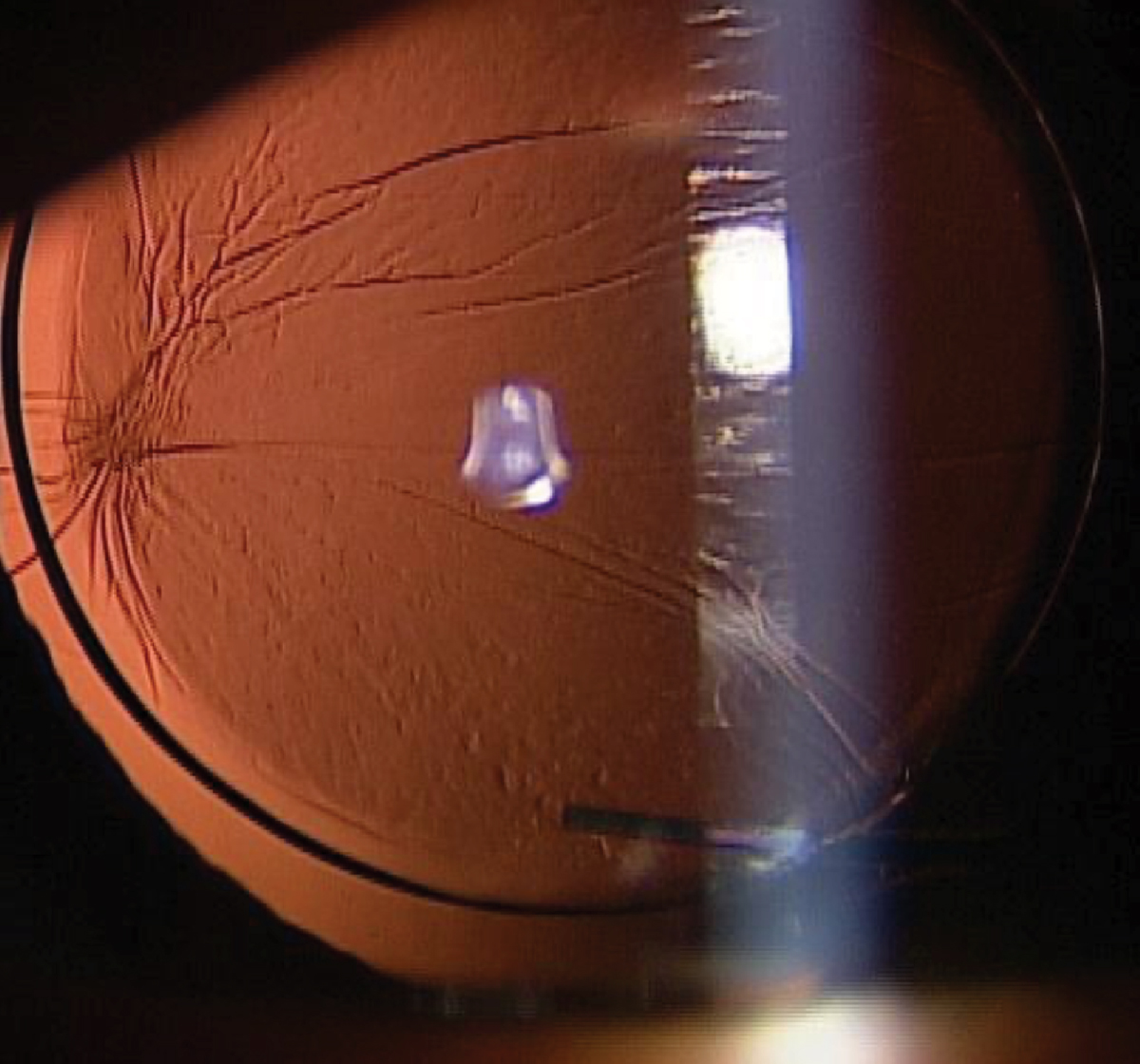 |
|
A web-based tool showed promise in acuity testing after cataract surgery, but would only provide crude assessment of visual status that could not characterize the nature of the implant’s status in a way comparable to slit-lamp exam. Photo: Alia Cappellani, OD. Click image to enlarge. |
The efficiency of postoperative cataract care could be enhanced with remote services using teleconsultation and online/remote measurements. However, these encounters are only partly applicable in eye care since they lack objective outcome parameters for visual acuity (VA) and refractive state. The increased use of digital tools in general supports the implementation of electronic health solutions.
An upcoming online health application is the Easee web-based tool, which allows patients to individually assess their VA and corresponding refraction using a smartphone and computer screen. A recent study validated the tool for VA assessment of patients who underwent cataract surgery and assessed the agreement between the measurements carried out by the tool as compared with conventional assessment. The researchers noted that the tool showed different outcomes compared with conventional ETDRS and Snellen charts for both uncorrected (UDVA) and corrected distance VA (CDVA), but the vast majority of these differences were within the established clinically acceptable limit of ±0.15logMAR.
The study included 75 operated eyes of 46 participants between the ages of 18 and 69. The difference in UDVA between the web-based tool and ETDRS or Snellen charts was -0.05logMAR and -0.04logMAR, respectively. For the CDVA, these differences were -0.04logMAR and -0.07logMAR, respectively. The correlations between the web-based tool and ETDRS or Snellen acuity were statistically strong. However, the researchers emphasized that this correlation cannot be defined as agreement, as it only measures association.
In total, 73% to 88% of the VA measurement differences were within 0.15logMAR. Also, questionnaire outcomes showed that the majority of participants had a positive attitude toward the tool. Still, the team highlighted that patients need to have basic digital skills to perform web-based VA assessment.
“These results are sufficient to introduce the web-based tool as a reliable screening method for detecting significant deterioration or lack of improvement of VA in post-cataract patients,” the researchers wrote in their paper. “It should be noted that remote VA testing will not completely replace ophthalmologic examination at the outpatient clinic but can enhance the efficiency of cataract care.”
Using these applications could lower the burden on patients after cataract surgery by saving follow-up visits at the outpatient clinic, which may improve efficiency and lower costs.
Wanten JC, Bauer NJC, Claessens JLJ, et al. Evaluation of a visual acuity eHealth tool in cataract patients. J Cataract Refract Surg. December 6, 2022. [Epub ahead of print]. |


